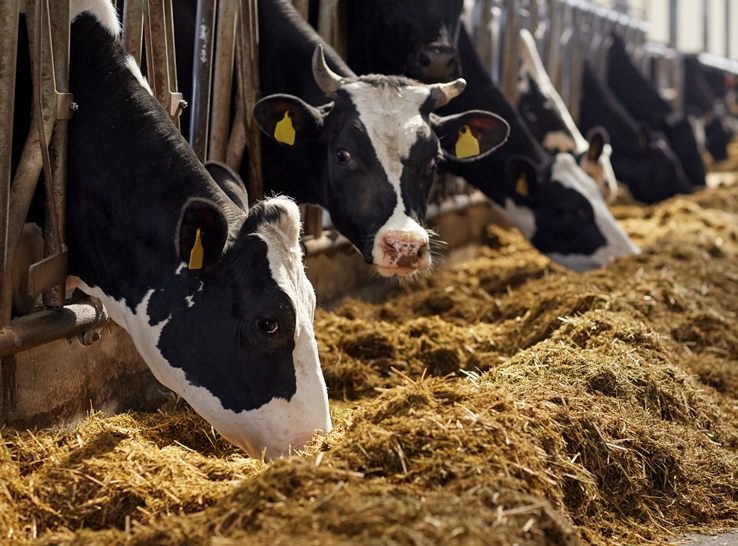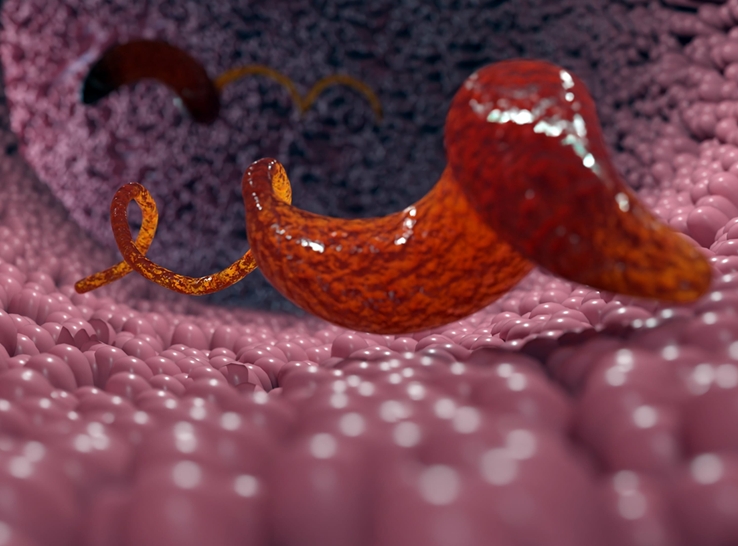Environmental conditions in poultry houses affect the microbial communities present in both broiler chicks and their litter — changes that may affect production parameters and disease.
In research from the University of Georgia, USDA and University of Natural Resources and Life Sciences, Vienna, presented at the 2023 International Poultry Scientific Forum, scientists raised 500 broiler chicks on floor pens in two separate houses over 49 days.
Throughout this period, the researchers sequenced the 16S ribosomal RNA gene from samples collected from bird ceca and litter, following initial sampling of the chicks’ meconium (first stool). At the same time, they monitored five environmental parameters: relative humidity, temperature, ammonia, pH and moisture.
Notable effects of fluctuating conditions
They found that ceca and litter microbial communities not only changed through the grow-out but also that environmental conditions in the broiler houses could explain some of these changes.
While the litter microbiome was linked to all the environmental factors, only temperature was associated with cecal microbe communities.
Over time, the microbiomes in the two different poultry houses diverged. While there was no difference in environmental conditions between the two over the first 21 days of the study, days 22 to 49 saw morning temperature and humidity, as well as ammonia, differ significantly.
Crucially, the researchers found that temperature and ammonia were significantly higher in house 2 of the study, which coincided with the occurrence and abundance of some bacterial species, higher mortality, lower bodyweight and a greater presence of pathogens such as Salmonella.
Lessons for producers
“Broiler houses on the same farm can be environmentally and microbiologically different,” said Adelumola Oladeinde, PhD, a research microbiologist at USDA who co-led the work.
“One house can support a suitable environmental condition while another house on the same farm hovers between suitable and unsuitable levels of ammonia, temperature and humidity.”
These fluctuations, which can be dependent on the outside climatic conditions, tend to be more pronounced during the summer months because some poultry houses are not structurally sound or built to withstand such extreme climatic conditions.
“Our study provides evidence to support the notion that the environmental conditions in a house will have a direct effect on the bacterial community present in the litter and gut of chickens,” Oladeinde continued.
“It is important for producers to closely watch the environmental climate and identify conditions that may enhance the proliferation of disease-causing pathogens or a reduction in beneficial bacteria in a house.”
Routes to antimicrobial resistance?
A further element of the study was analyzing antimicrobial resistance (AMR) in samples of Escherichia coli and Enterococcus. The scientists found differences between the two houses in the processes through which resistance was developed.
“We will need to conduct further studies to prove if this is always true. Nonetheless, some studies have suggested that there is a link between climate change, such as higher temperatures, and AMR prevalence,” Oladeinde added.







